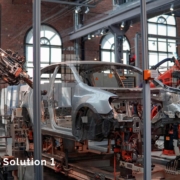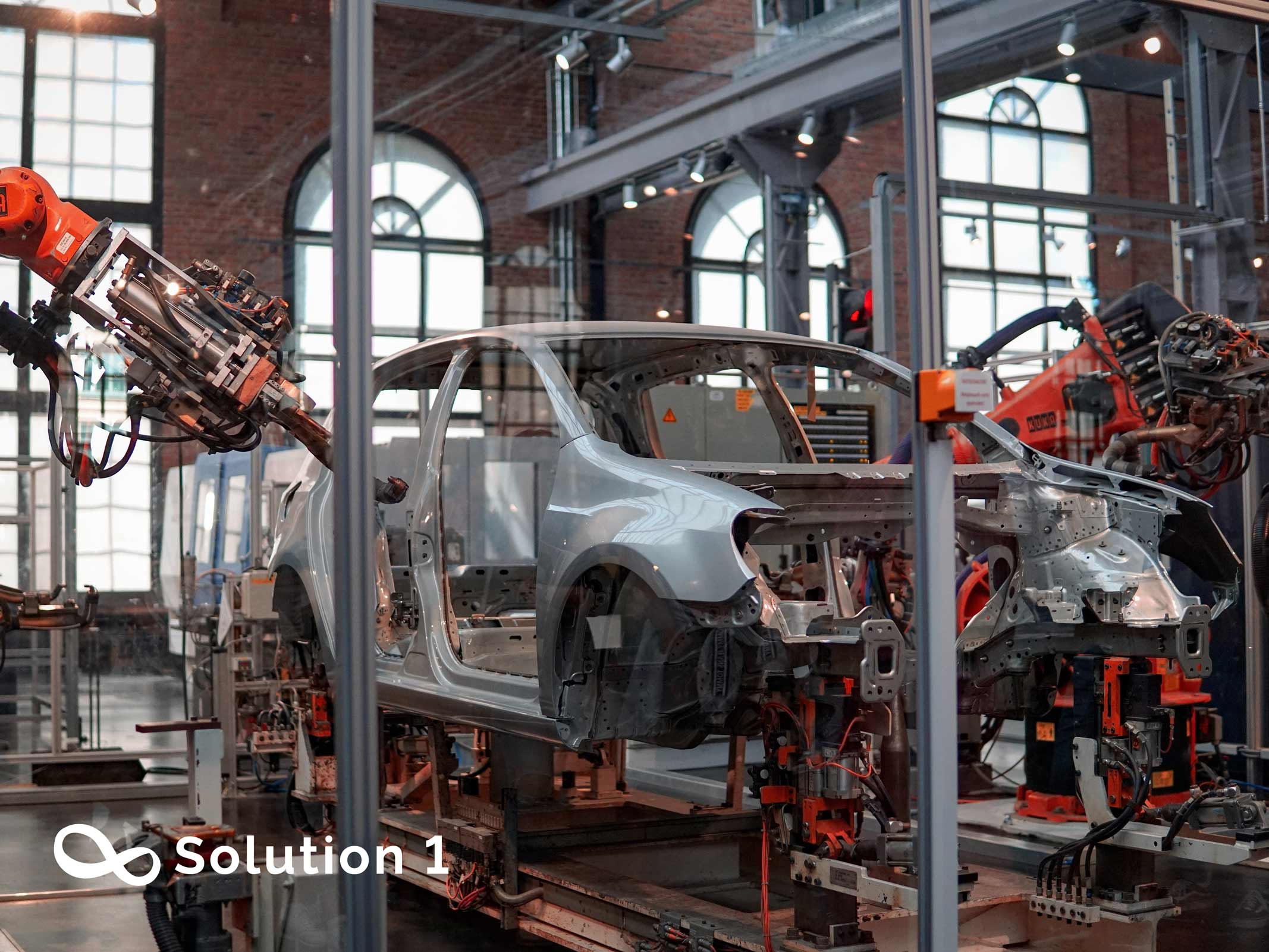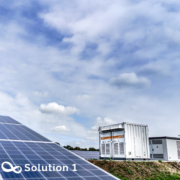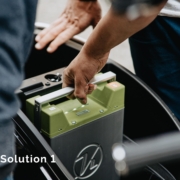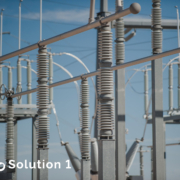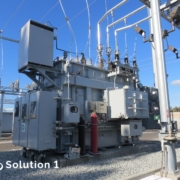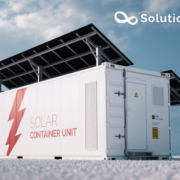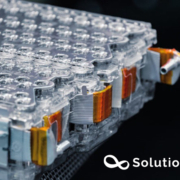Several big automakers announced their plans of repurposing old batteries.
- The high value of repurposing old batteries that automakers also know it.
The idea of giving EV batteries second life dates to the 1990s, but large-scale implementation of this idea did not take place until the early 2010s when a number of projects were launched.
Compared to their first life, the technical requirements for secondary use are usually less demanding on a battery’s performance. This provides an opportunity for the industry to extend the EV battery’s value and lifespan through reuse.
There are numerous examples of companies teaming up to find batteries a second use, just as there are numerous types of applications for batteries. However, automakers are aware that the current batteries’ design does not allow easy application of old batteries in different types of systems and the process of repurposing batteries is complex.
The automakers are interested in repurposing the old batteries because they know they have a high value that is potentially going to come back to them. However, they prefer repurposing them since they are familiar with the costs of recycling.
Some second-life applications include: powering low-speed electric cars and bikes, being used as portable charging devices, and battery energy storage systems in backup power supply solutions.
“Reusing EV batteries will help create a modern commercial reuse industry, which by 2035 will achieve a $3-billion-a-year profit.”
in the last decade, vehicle companies have been partnering with battery, recycling, and electronics firms to figure out and develop post-automotive markets for Li-ion battery packs. At the same time, the original equipment manufacturers are facing tougher recycling mandates as the years go by.
Several major power utilities are working with companies – including General Motors, Ford, Toyota, and Nissan – to explore the use of batteries for the stationary storage system. Li-ion packs are being tested as backup power storage systems for retail centers, restaurants, and hospitals, as well as for residential solar systems.
In 2015 Toyota donated 208 Camry hybrid battery packs used in conjunction with a solar array to provide sustainable, zero-emission power to Yellowstone National Park’s LBR Ranger Station and Education Center.
Toyota retailers in Japan are using a similar approach to provide power for their showrooms. Furthermore, the company launched an initiative to pair used batteries with solar panels to power 7-Eleven stores in Japan. Toyota is currently investigating the possibilities of this kind of activity in Europe, however, where the number of used batteries available is still limited.
With money to be made in repurposing batteries, finding second-use applications has overtaken recycling. Such as, in 2010 Toyota put efforts into recycling their EV nickel-metal hydride car batteries. Back then, Toyota established a battery recycling program with Toyota and Lexus dealerships.
In 2019, they expanded the recycling program to include Li-ion batteries as well. In May 2021, Toyota partnered with the Asian company Jera, in a bid to transform old batteries into a power storage system for renewable energy.
The new battery energy storage system will consist of Li-ion and NiMH batteries. The two companies’ objective is to enable storage batteries to operate more efficiently by combining different kinds of batteries.
Then, in 2022, the companies aim to connect the battery energy storage system to the power grid so that they can conduct technical verification for practical use. By being connected to renewable-energy power plants, the battery energy storage system can store and supply electricity flexibly according to the changing levels of supply and demand.

